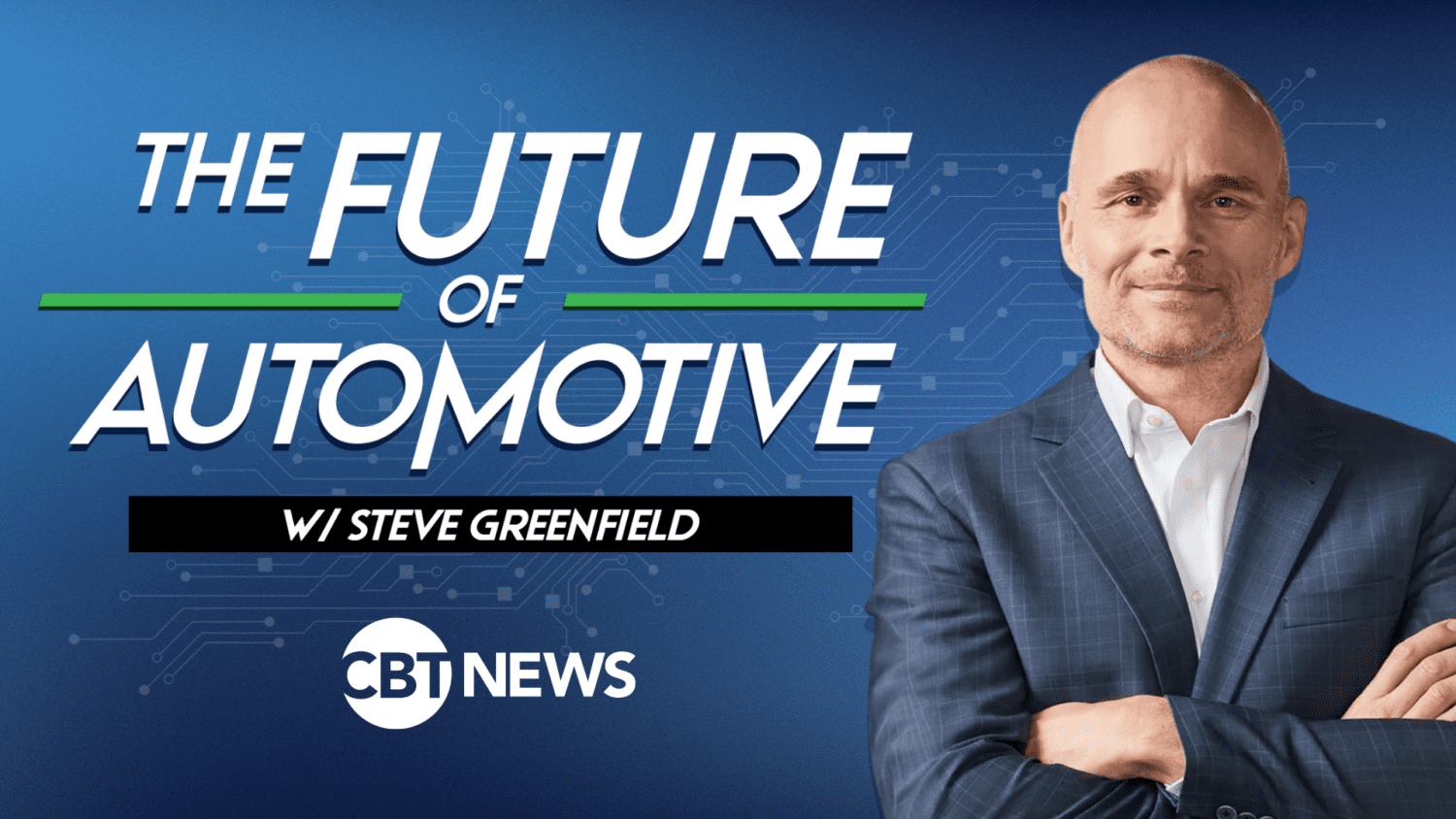
Welcome back to the latest episode of The Future of Automotive on CBT News, where we put recent automotive and mobility news into the context of the broader themes impacting the industry.
I’m Steve Greenfield from Automotive Ventures, and I’m glad that you could join us.
Two interesting articles this week that revolve around Tesla’s competitiveness. The first is about an interesting fleet use case, and second how Tesla realizes dramatic cost savings through production and assembly innovation.
First up this week, the police force in the town of Bargersville, located just south of Indianapolis, is swapping out internal combustion engine police cruisers for all-electric Teslas.
The town bought its first Tesla police car in 2019 and has since added a dozen more.
They have found that the fleet of 13 Tesla police cars saves taxpayers about $80,000 a year in fuel costs compared to gas-powered police vehicles.
The town is saving enough on fuel to pay for two additional officers.
The police force acknowledges that Teslas initially cost more than a Dodge Charger or Ford Crown Victoria, but that the money saved on fuel makes up the difference in less than three years or operation.
They are also experiencing superior resale values once their ready to dispose of the vehicles.
When they sell Dodge Chargers to the end of their life on the police force, they say that they’re lucky to get $3,000 to $5,000 trade-in value for them. But they just traded their first Tesla this year and received $17,500 for a 2019 Tesla.
Electricity for the 13 Teslas costs about $600 a month.
For our second story this week, I wanted to illuminate how Tesla is successfully finding manufacturing efficiencies and driving costs out of their production processes.
We’ve commented frequently on this segment how Tesla has higher operating margins than the legacy automakers, a weapon that CEO Elon Musk has used over the past year to dramatically drop retail prices across the Tesla new vehicle portfolio.
One of the ways in which Tesla delivers higher margins is relentless manufacturing innovation and ruthless focus on driving costs out of their operations.
A good example this week as we heard that Caresoft Global Technologies, a company that specializes in tearing down cars, performing cost analysis and helping automakers improve manufacturing efficiency, has been documenting how Tesla has been focusing on simplifying the production and assembly of its vehicles.
Unlike other automakers, Tesla doesn’t hesitate to making dramatic production changes in the middle of a model year.
To illustrate, Caresoft found that the 2020 Tesla Model Y used a two-piece casting in the rear of the car. Just a year later, that casting was achieved as a single piece. And in 2022, when production of the car began at Tesla’s new plant in Austin, Texas, the Model Y used a single megacasting in the front and the rear of the car and had no floor in the center of the car. Effectively, the top of the battery pack had been modified to become the floor.
And the results speak for themselves. As just one example, the body of the 2022 Model Y made in the Austin plant has 370 fewer parts than the 2020 car made in Tesla’s Fremont, California plant. It weighs 10% less, has a 14% longer driving range between charges and requires fewer people to build it in a smaller factory space.
It’s impossible for the legacy automakers to keep up with this persistent level of innovation in the manufacturing process.
There has been a lot of press recently about the existential threat that Chinese automakers pose in bringing high-quality and low-priced EVs into western Europe and the U.S., potentially undercutting and disrupting the legacy automakers.
After consideration of how newer and more nimble automakers like Telsa can simply out-innovate and outmaneuver the legacy automakers, driving out costs and driving up operating margins, I think these fears are well justified.
The pace of change in this industry continues to accelerate. I don’t think anyone can accuse the automotive space as being boring at the moment!
So, with that, let’s transition to Our Companies to Watch.
Every week we highlight interesting companies in the automotive technology space to keep an eye on. If you read my weekly Intel Report, we showcase a company to watch, and take the opportunity here to share that company with you.
Today, our new company to watch is Favordrop.
Favordrop is working with automotive dealers to revolutionize the corporate gifting industry.
Take the hassle and waste out of gifting your customers with Favordrop’s digital platform and bounce-back technology.
A simple and effective marketing tool with 100% attribution, Favordrop allows dealers to attract new customers, while at the same time assisting dealers to maintain and reward existing customers.
Use Favordrop to send your customers out for family fun and unforgettable memories while keeping your dealership top-of-mind.
If you’d like to learn more about Favordrop, you can check them out at www.favordrop.com
So that’s it for this week’s Future of Automotive segment.
If you’re an AutoTech entrepreneur working on a solution that helps car dealerships, we want to hear from you. We are actively investing out of our DealerFund.
If you’re interested in joining our Investment Club to make direct investments into AutoTech and Mobility startups, please join. There is no obligation to start seeing our deal flow, and we continue to have attractive investment deals available to our members.
Don’t forget to check out my book, “The Future of Automotive Retail,” which is available on Amazon.com. And keep an eye out for my new book, “The Future of Mobility”, which is almost done, and will be out soon.
Thanks (as always) for your ongoing support and for tuning into CBT News for this week’s Future of Automotive segment. We’ll see you next week!
